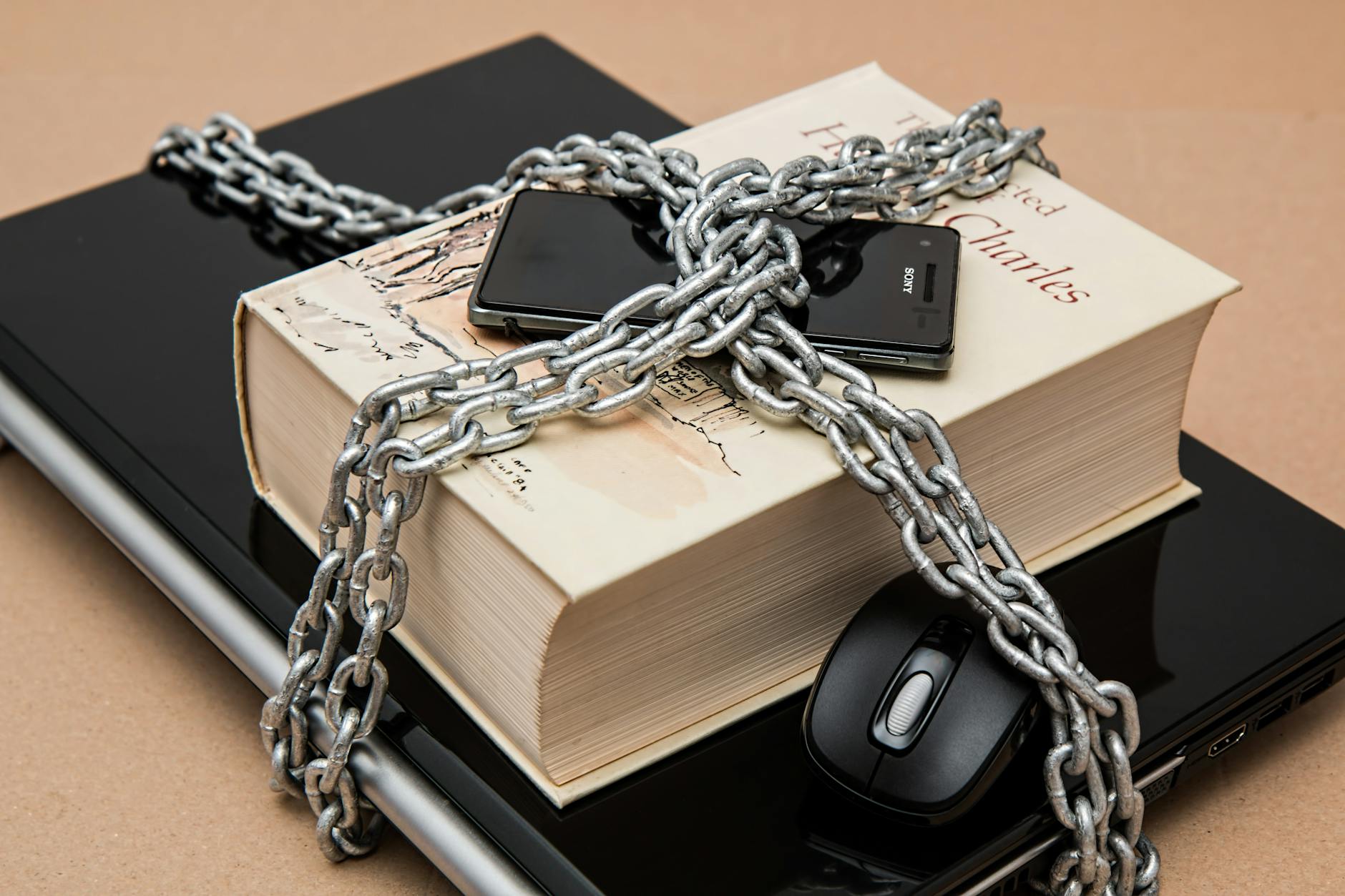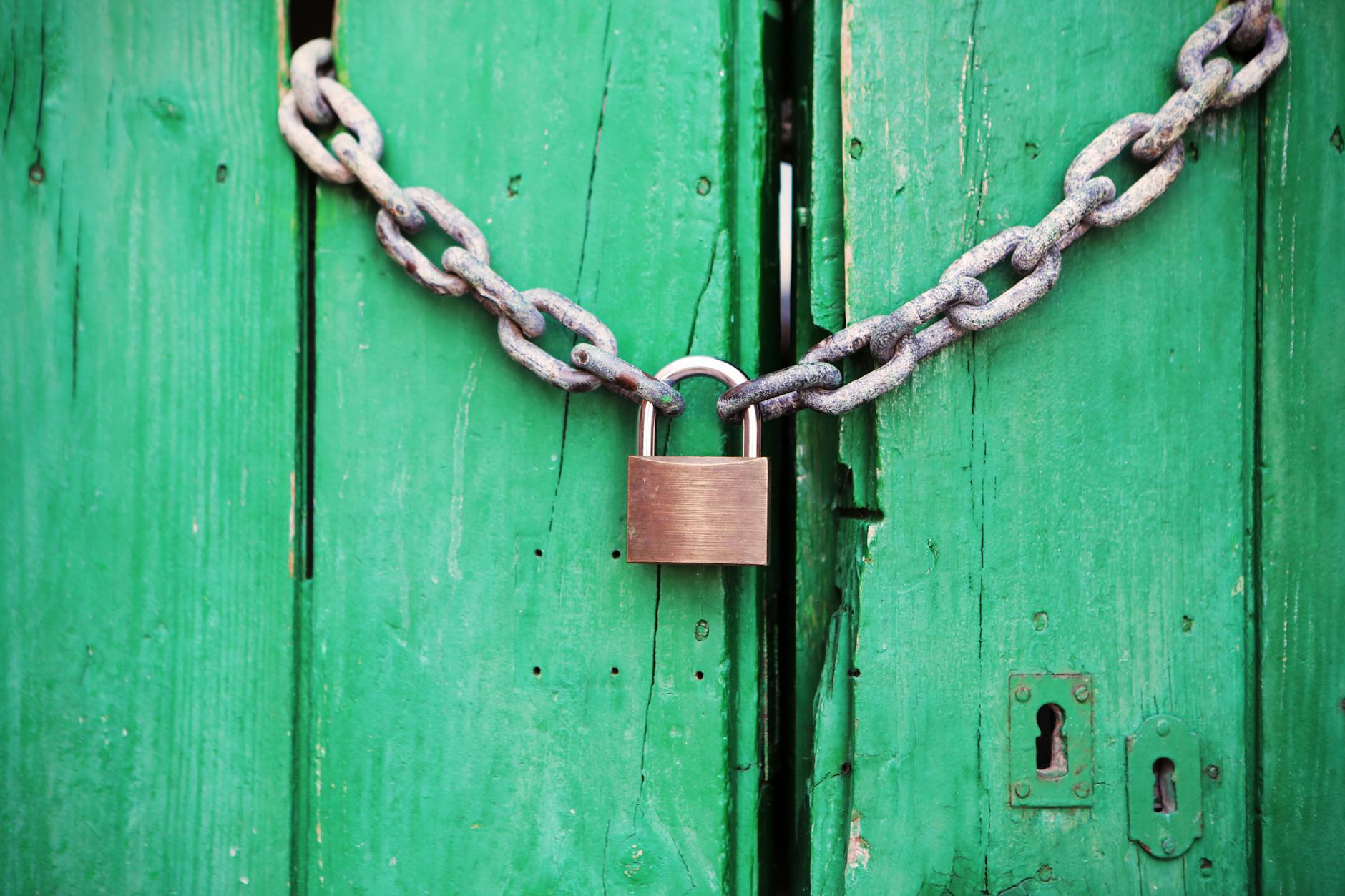Well, it sure has been a busy year for cameras. We started with the tipover to digital just happening, but now the price points and the cameras make it a no brainer. Heck, we bought two digital cameras ourselves this year (Canon SD500 and Fuji F10) and for once I have to say that they are really good. The main issue remains the limited exposure latitude that these cameras have. They just won’t take good pictures in scenes with lots of difference between light and dark. But nevertheless, we are taking more shots than ever. Here is the latest recommendations for stocking stuffers with thanks to the buying guide at “imaging-resources.com”:http://www.imaging-resource.com/ARTS/GIFT/holiday05/guide.htm. As a small aside, folks are in a megapixel battle, but it turns out with the small point-and-shoot cameras, the lens makes much more difference, so for instance, the Fuji has about 1400 lines or resolution but the Canon SD550 is about 1200 lines even though the Fuji is just 6megapixel and the Canon is 7megapixel. To confuse things even more, the cameras have builtin sharpening and other algorithms, so sharpness itself doesn’t tell you if the image has good color, etc. so overall the Canon has better print quality than the Fuji, so read the reviews but here in price order are the cameras I would get:
* “Canon EOS 5D”:http://www.dpreview.com/reviews/canoneos5d/. If you’ve got $3K in your pocket then this is the camera to lust after. It has a full frame 35mm sensor at 12.8mpixels, so you can use any traditional lense and since it the sensor is so much bigger, the image quality is very, very nice. Soime would call it the holy grail. The theory is that the noise and quality should be higher than the APS-C sized sensors, bu tthe reality is. The other advantage is that you can get to very wide angles more easily. On an APS sensor, a 24mm lense is really 1.4-1.6x bigger, so wide angle is the issue. On the other hand, telephoto is easier to get to. Net, net, if you can afford it, get it.
* Nikon D200 . This is a $1.5K camera with the same 12 megapixels, but in a smaller sensor. As the theory says, this means that you get theoretically less wide angle, but less fall off around the edges of lenses and theoretically more noise. There are only previews coming out now, but it has gotten great reviews for a $1600 camera.
The next hop down are the point and shoots. Personally, I like the ones that are as small as possible but with great quality. These cost more, but IMHO they are worth it. Most are $350-450 street. These four are very good cameras, but I would probably favor the Fuji F10 right now for general ease of use and low light use. Canon is a strong brand and good quality, the Casio has full manual control and the Sony is tiny.
* “Canon SD550″:http://www.dpreview.com/reviews/canonsd550/ I just bumped into Connie in the store looking for a camera. Most folks want a simple point and shoot that also takes nice pictures. This thing is 7Mpixels and you can blow up shots to 11×17 without any trouble. You can take ISO 400 shots with very good quality. That is important for cameras with such tiny flashes. We’ve used our only slightly different SD500 (the screen on the SD550 is 2.5” which might surprise you what a difference it makes). The only things you need are to make sure you get a 1GB SD card. They aren’t expensive anymore. About $80 on the web and you might want a spare battery. We really like the ultra small charger, although the battery doesn’t last all that long, so you might want a spare, although if you recharge after you shoot, that’s not a problem.
* “Casio Exlim EX-Z750”:http://www.imaging-resource.com/PRODS/Z750/Z750A.HTM. This camera is also 7megapixel and its main claim to fame is that it can be fully manual. I dislike the Canon because for the semi-pro, you never know what the speed and aperture are. With the Fuji, you can’t set them, but at least before the shot it tells you. The main issue is that the color correction is pretty far off. All consumer cameras have a “red shift” and this one is pretty pronounced.
* “Fuji F10”:http://www.dpreview.com/reviews/fujifilmf10zoom/ and “Imaging Resources”:http://www.imaging-resource.com/PRODS/F10/F10A.HTM. This camera is getting a little old as it is a year old (can you believe that), it has only a 6megapixel imager, but its real claim to fame is that it is very fast. It can take very good shots up to ISO 400 and the ISO 800 shots are wonderful. Also, it has a gigantic battery so will last for days. Main drawback is that is requires a pretty big dongle to connect to power so it is not as elegant as the Canon. A good choice for the person who doesn’t want to fuss and wants good pictures in nearly any light condition. It doesn’t have an optical viewfinder which is why having the big battery is such a big deal. At first I didn’t like the lack of optical viewfinder, but with a big battery, no parallax error and a bright screen, it has proven very useful.
* “Sony DSC-T7”:http://www.imaging-resource.com/PRODS/T7/T7A.HTM. It is only a 5 megapixel camera, but photo quality is very good as long as you are less than 8×10 and it is tiny, tiny, tiny. Best for folks who really want a very small camera.
And then there are the near misses:
* “Sony Cyber-shot DSC-R1”:http://www.dpreview.com/reviews/sonydscr1/. If you can stand it wait for the next generation of this kind of camera. It uses a large (APS size) sensor so it should take nice pictures plus it has just a single lense that goes from effectively super wide angle 24mm to super telephoto all for $1,000. The main issue with this camera is the image processing. It has too much sharpening in the camera which means that despite the great lens quality and big sensor for the semi-pro, it will look oversharpened and bright.
Christmas Photography Guide 2005
Published by
on
Hello,
I’m Rich & Co.
Welcome to Tongfamily, our cozy corner of the internet dedicated to all things technology and interesting. Here, we invite you to join us on a journey of tips, tricks, and traps. Let’s get geeky!
Let’s connect
Join the nerds!
Stay updated with our latest tutorials and ideas by joining our newsletter.
Recent posts
- Loading Mastodon feed…





